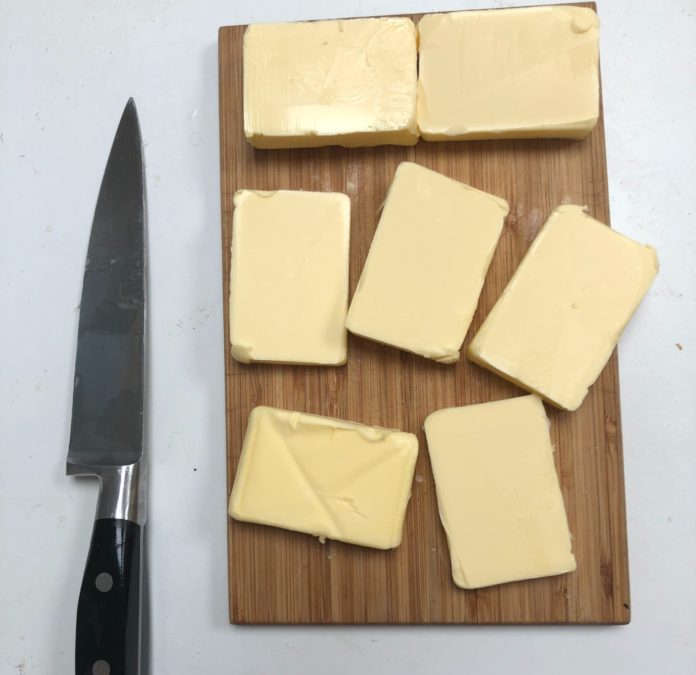Margarine and butter are two popular spreads used in cooking and baking that look pretty much the same, but that doesn’t make them identical. There are several differences between these two spreads that have a major impact on their healthy properties and culinary uses. Here are a few of the differences.
Fat Content
When it comes to the main difference between these two spreads, it’s all about the fat involved. Butter contains saturated fats that help it keep its shape, while margarine is made with vegetable oil, and contains a higher level of healthy fats. Unfortunately, they can both contain trans fats and that’s why it’s best to consume them in moderation.
Healthier Option?
Margarine and butter both have their downsides when it comes to their healthy properties due to their fat content. If you want to keep your margarine consumption on the healthy side, try to find the trans-fat-free version, and consider buying a vegan version without dairy milk when it comes to butter.
Cooking Uses
Margarine and butter have a pretty similar function and they’re both popular spreads, but there’s a slight difference in their texture. Margarine is more commonly used in baking and can give your baked goods a softer texture because it has a higher water content than butter.






